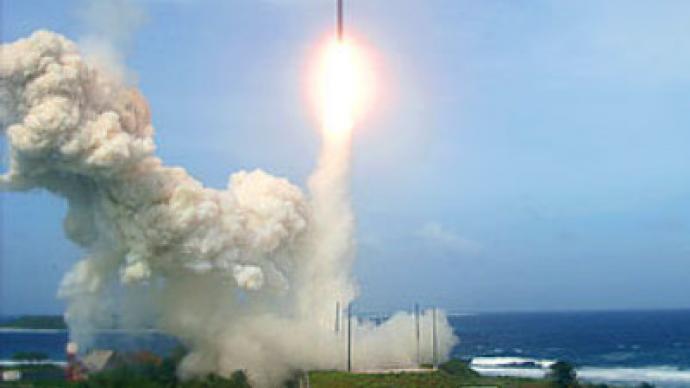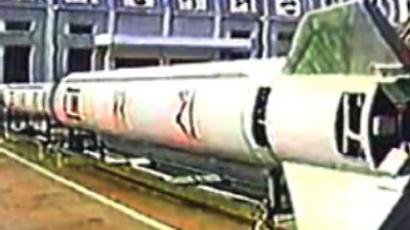Planned North Korean satellite launch has US and Japan up in arms

Japan and the US have expressed their readiness to shoot down a North Korean satellite that the isolated communist country is believed to be planning to launch.
On Tuesday, Pyongyang announced plans to send “an experimental communication satellite,” the Kwangmyongsong-2, into outer space. But it is not so much the satellite as the rocket that will carry the satellite into its orbit that has sparked fears.
The launch naturally requires a powerful booster rocket and this is precisely what disturbs the US and Japan: the launch of the satellite will give North Korea the chance to test the Taphodon-2 missile, its most advanced rocket with an estimated range of 6,700km.
At such a range, the Taphodon-2 missile will be able to reach US military bases in Japan, Guam and even parts of Alaska.
The head of the U.S. Pacific Command Admiral Timothy Keating said in an interview tothat if US President Barack Obama gives an order to intercept the North Korean launch the U.S. Navy is ready to act.
“If a missile leaves the launch pad we'll be prepared to respond upon direction of the president,” Keating told ABC News.
Keating added that while the North Korean launch remains in the preliminary stage, the US would continue to watch for new developments.
“Should it look like it's not a satellite launch – that it's something other than a satellite launch – we'll be ready to respond,” the Admiral said.
Tokyo has also expressed its concern over the planned launch. In 1998, North Korea test-fired a more primitive version of a ballistic missile known as the Taphodon. After the initial launch, the missile experienced technical problems in the primary stage over the Sea of Japan. The rocket sailed over Japan before dropping into the Pacific Ocean after an unimpressive 40-second flight.
Japan has said that it would not tolerate any more future missile launches over its territory.
Considering North Korea’s attempt to make a nuclear test in 2006, the US and Japan have good reason to express their worries about the planned ballistic missile test.
Japan has two warships equipped with multipurpose search and track radar systems and American air-defense SM-3 missiles, technically capable of intercepting a ballistic missile even during the higher altitude stages of a launch. Additionally, Japan has Patriots, the latest modification of American short range air-defence systems, deployed in the central part of the country. These should be able to effectively counter any airborne object that breaches Japan’s territory.
Presently, the North Koreans are assembling radars and other measuring equipment at the Musudan-Ni testing facility in the northeast part of the country to monitor the launch.
It must be stressed that to date nobody outside of North Korea has seen the feared Taphodon-2 missile. Meanwhile, Pyongyang maintains that the exact date of the launch is top secret.














